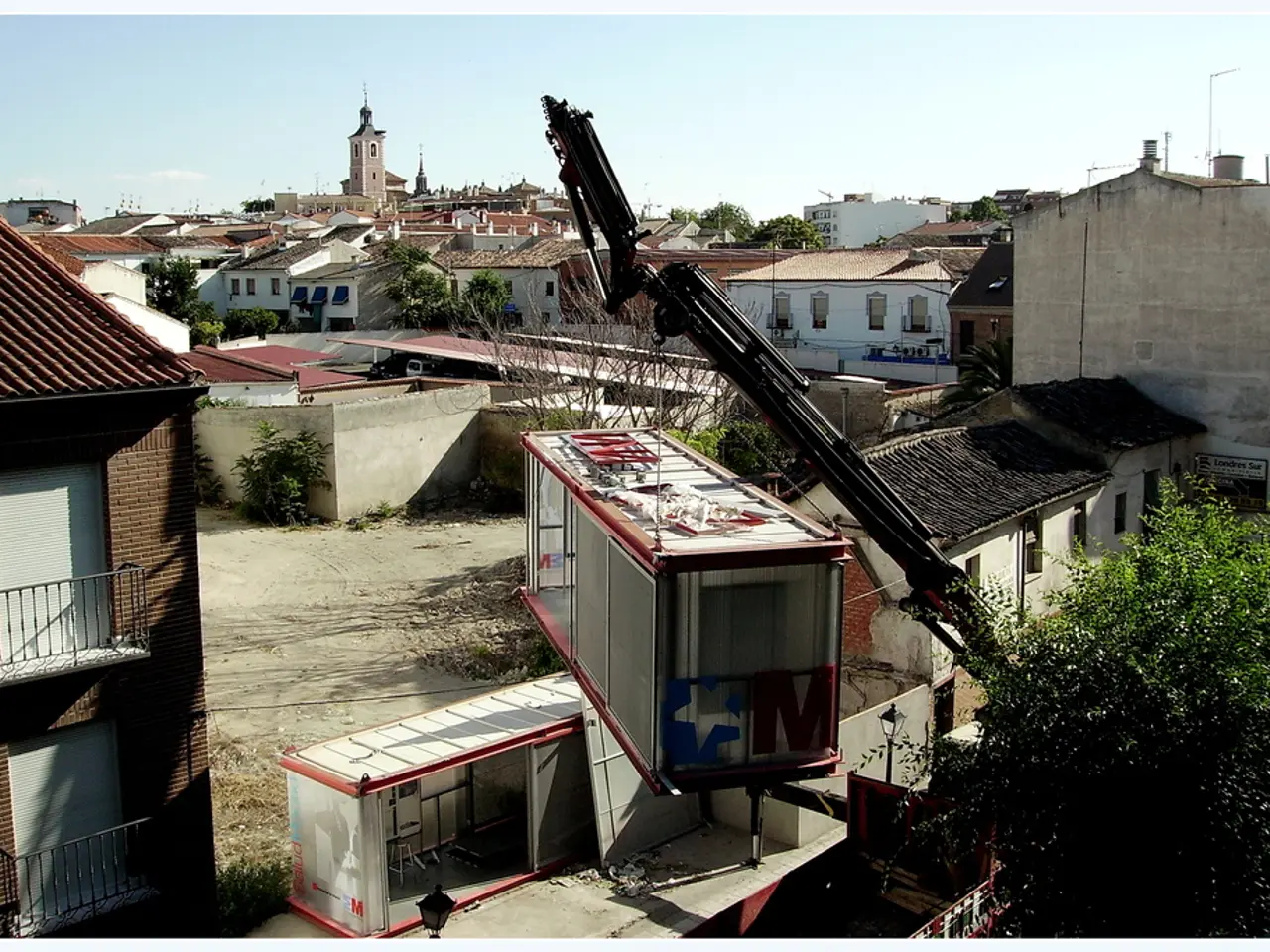Agile Pods and SAP: A Realistic Examination of Successes and Failures
In the ever-evolving world of business technology, organisations are constantly seeking ways to streamline their projects and deliver results more efficiently. One such approach that has gained significant traction is the implementation of Agile Pods in SAP projects.
Agile Pods, cross-functional teams focused on specific end-to-end SAP modules or business processes, are proving to be an effective solution for SAP projects. These teams, consisting of diverse skillsets such as SAP functional consultants, developers, testers, and DevOps engineers, create ownership and accelerate delivery with minimal handoffs.
Key Factors for Success
The key to a successful Agile Pod implementation lies in adapting Agile principles to SAP’s complexity. Here are some critical factors:
- Product Owner and Backlog Management: Strong product owners, familiar with SAP processes, prioritise work in the pod backlog aligned with business strategy and KPIs.
- Adapting Agile Ceremonies: Implement biweekly or two-week sprint cycles, document all requirements and solutions thoroughly, and automate documentation and compliance tasks.
- Continuous Integration and Deployment with SAP-Specific DevOps: Utilise containerization and orchestration technologies for environments outside SAP core, ensuring automated CI/CD pipelines.
- SAP Domain Knowledge and Training: Regular enablement and training help pod members stay updated on SAP innovations.
- Tailoring Agile to SAP Release and Testing Cycles: Align pods with SAP release management, including freeze periods, and robust automated testing practices.
- Use of Analytics and Monitoring: Employ monitoring tools to track system performance and backlog progress actively, adjusting priorities dynamically based on real-time insights.
Improving Success with Agile Pods
Success in SAP projects hinges on balancing Agile flexibility with SAP’s technical and business complexity. Practical steps include investing in SAP and Agile coaching, leveraging SAP Fiori apps and tools, establishing clear communication channels, and utilising SAP’s cloud and DevOps integration capabilities.
In the world of ERP systems, compliance-heavy environments, and enterprise-wide change, Agile Pods can work, but with adjustments. Collaboration with business users is non-negotiable.
The Future of SAP Projects
Agile Pods offer a way to bring agility without abandoning discipline. They are structured around accountability and built to own a problem, making them ideal for companies buying outcomes instead of platforms.
With the right expertise from the start, Agile Pods can make a significant difference. At Inclusion Cloud, they focus on building pods with the right expertise from the start, using an AI-powered recruiting engine to filter candidates based on SAP certifications, technical depth, and soft skills.
In larger organisations running multiple SAP workstreams, SAFe (Scaled Agile Framework) is often adopted to bring alignment and governance to agile practices at scale. This model is ideal for SAP programs that span several modules or business units, allowing each pod to focus on a clear business outcome while staying aligned with the broader strategic roadmap.
In conclusion, effective SAP Agile Pods merge multidisciplinary expertise, delivering iterative value while adapting Agile processes to SAP’s unique environment through continuous collaboration, domain-specific training, and integrated DevOps practices.
- To ensure the success of Agile Pods in SAP projects, it's crucial to invest in Agile and SAP coaching, as well as utilize SAP-specific DevOps for continuous integration and deployment.
- In larger organizations with multiple SAP workstreams, adopting the Scaled Agile Framework (SAFe) can provide alignment and governance to agile practices at scale, allowing each pod to focus on a specific business outcome while staying aligned with the broader strategic roadmap.
- when implementing Agile Pods, it's essential to adapt Agile principles to SAP's complexity, such as employing monitoring tools for real-time insights on system performance and backlog progress, and using AI-powered recruiting engines to filter candidates based on SAP certifications, technical depth, and soft skills.




